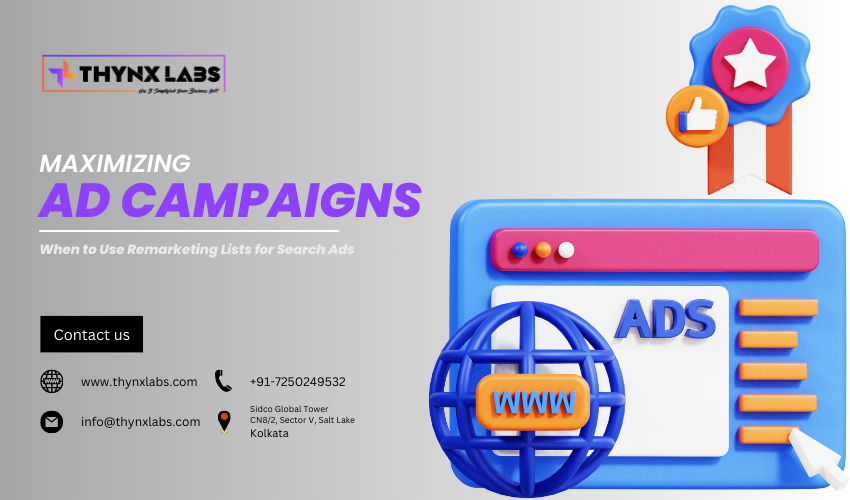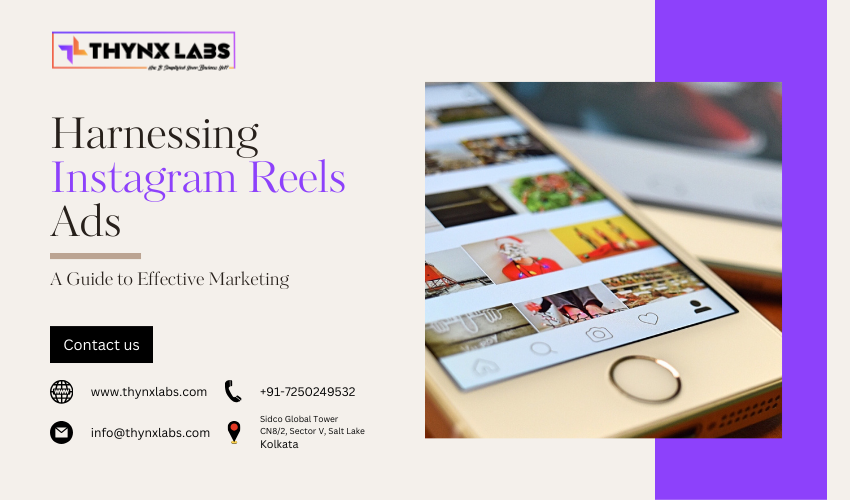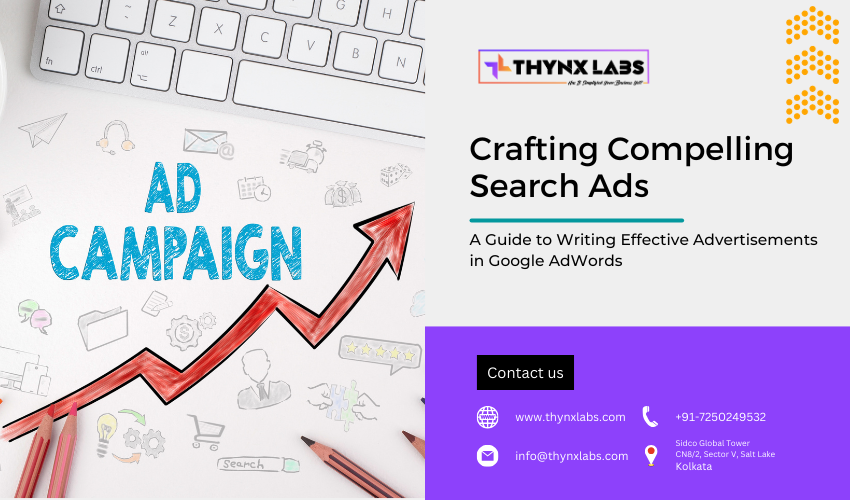Dynamic Remarketing in Google Ads
Boost Conversions with Dynamic Remarketing in Google Ads
Dynamic remarketing in Google Ads is a powerful strategy for increasing conversions by targeting users who have previously interacted with your website. By displaying personalized ads tailored to the interests and behaviors of these users, businesses can re-engage potential customers and drive them towards completing desired actions. This article delves into the benefits of dynamic remarketing, how it works, and best practices for implementing successful campaigns.
Understanding Dynamic Remarketing
Dynamic remarketing goes beyond standard remarketing by using dynamic ads that automatically generate content based on user behavior. When a visitor leaves your site without completing a desired action, such as making a purchase or filling out a form, dynamic remarketing ads can display relevant products or services they viewed, enticing them to return and convert.
Benefits of Dynamic Remarketing
- Personalized Ads: Dynamic remarketing creates ads tailored to individual user behavior, making them more relevant and engaging.
- Higher Conversion Rates: By targeting users who have already shown interest in your products or services, dynamic remarketing increases the likelihood of conversions.
- Cost-Effective: Since dynamic ads target users already familiar with your brand, the cost per acquisition (CPA) is often lower compared to traditional advertising methods.
- Improved ROI: The personalized nature of dynamic ads typically results in a higher return on investment (ROI), making your advertising spend more efficient.
How Dynamic Remarketing Works
Dynamic remarketing uses data from your website and a product or service feed to create personalized ads. Here's a step-by-step overview of the process:
- Install Remarketing Tag: Add the Google Ads remarketing tag to your website to track user behavior.
- Create a Product or Service Feed: Develop a feed that lists all your products or services, including details like price, description, and image.
- Link Feed to Google Ads: Connect your product or service feed to your Google Ads account.
- Set Up Dynamic Ads: Create dynamic ads in Google Ads, choosing templates and customizing elements like logos and call-to-action buttons.
- Segment Your Audience: Use data from the remarketing tag to segment your audience based on their behavior, such as pages visited or products viewed.
- Launch Campaign: Activate your dynamic remarketing campaign and monitor its performance.
Best Practices for Dynamic Remarketing
- Optimize Your Product or Service Feed
Ensure your feed is accurate, up-to-date, and contains all necessary details. High-quality images, clear descriptions, and accurate pricing are crucial for creating effective dynamic ads.
- Segment Your Audience
Create specific audience segments to target users based on their behavior and interactions with your website. For example, you can segment users who abandoned their shopping carts differently from those who only viewed product pages.
- Use Compelling Ad Creatives
Design visually appealing ads that catch the user's eye. Include strong call-to-action buttons and make sure your branding is consistent across all ad formats.
- Implement Frequency Caps
Avoid overwhelming users with too many ads by setting frequency caps. This ensures your ads remain effective without becoming intrusive.
- Monitor and Optimize
Regularly review your campaign performance and make necessary adjustments. Use metrics like click-through rates (CTR), conversion rates, and return on ad spend (ROAS) to measure success and identify areas for improvement.
- Test Different Ad Variations
Experiment with different ad variations to see what resonates best with your audience. A/B testing can help you determine the most effective ad formats, messages, and visuals.
Conclusion
Dynamic remarketing in Google Ads is a powerful tool for boosting conversions by targeting users who have already shown interest in your products or services. By implementing personalized ads, businesses can re-engage potential customers, increase conversion rates, and achieve a higher return on investment. Follow the best practices outlined above to create effective dynamic remarketing campaigns that drive results and contribute to your overall marketing success. Embrace dynamic remarketing to unlock new opportunities for growth and maximize the impact of your digital advertising efforts.


